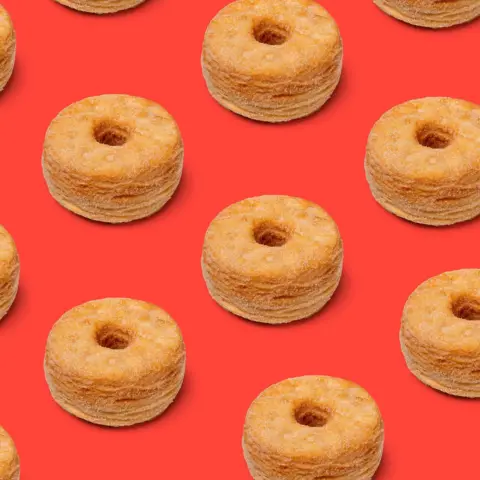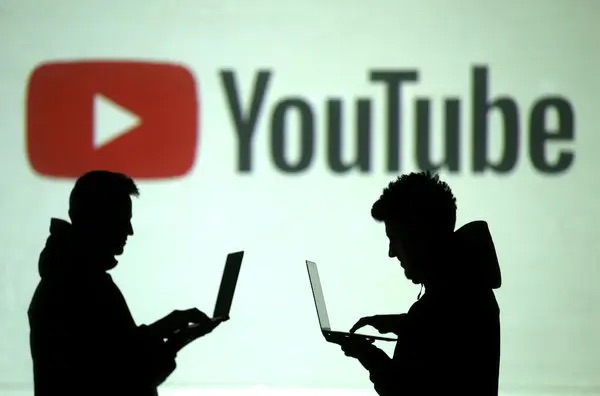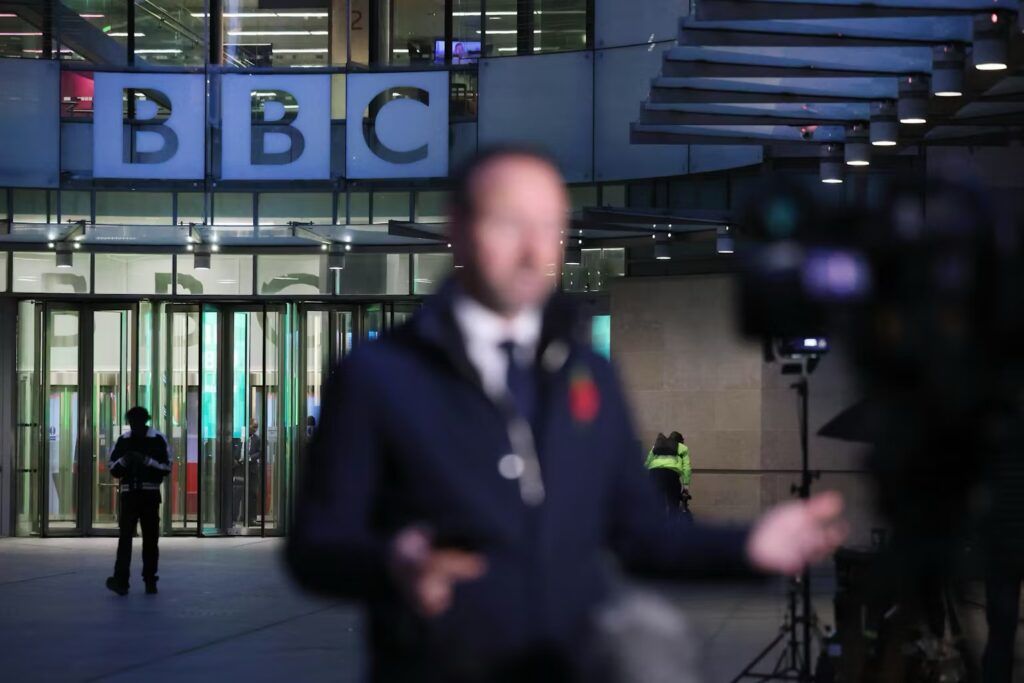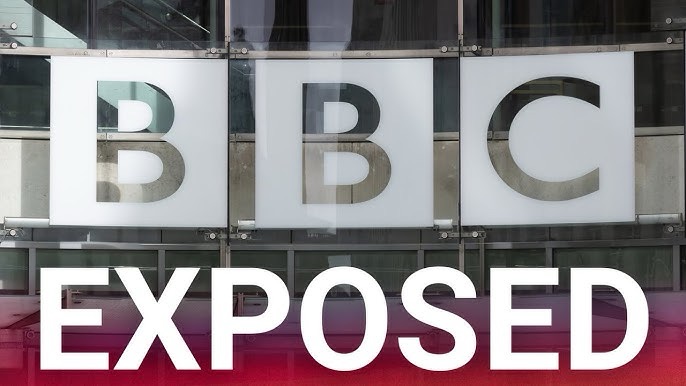TV cooking shows are dying out - this cronut holds the secret to why (*croissant-donut)

A profound change is washing over television cooking shows in the UK. Once a prominent part of the TV landscape, these programs are seeing a dramatic decline. According to Ampere Analysis, this year witnessed a 44% drop in commissions for all forms of food programming, as traditional cooking shows struggle to attract audiences amidst the rapidly changing media landscape.
The decline is not due to a lack of interest in food; rather, it appears audiences are shifting their focus to digital platforms. Influencers on platforms like YouTube, Instagram, and TikTok are now leading the culinary conversation, often engaging with audiences in ways traditional cooking shows cannot. For instance, a private chef turned influencer, Natalia Rudin, found her social media posts garnering millions of views, illustrating the power of food content outside of traditional broadcasting.
These creators respond quickly to trends and shift content according to audience preferences, a flexibility that broadcast networks struggle to achieve due to regulations and lengthy production timelines. One notable example is the rise of the cronut—a hybrid pastry that sparked massive online interest at the time. The ability to adapt swiftly to such trends has allowed influencers to dominate, while traditional shows struggle to innovate.
Ed Sayer, a veteran producer, indicates that the freedoms associated with creating online content—lower costs, fewer regulations, and enhanced creativity—are detrimental to the survival of conventional culinary programming. The struggle is cultural as well as structural, with modern viewers favoring authenticity over glossiness that many traditional shows present.
Ultimately, the shift from television to digital platforms invites questions about the growth and sustainability of food culture within media. Will the absence of traditional cooking shows alter the way we engage with food media? And if digital influencers fill that void, can they truly sustain the connection and storytelling that once defined food television?


















